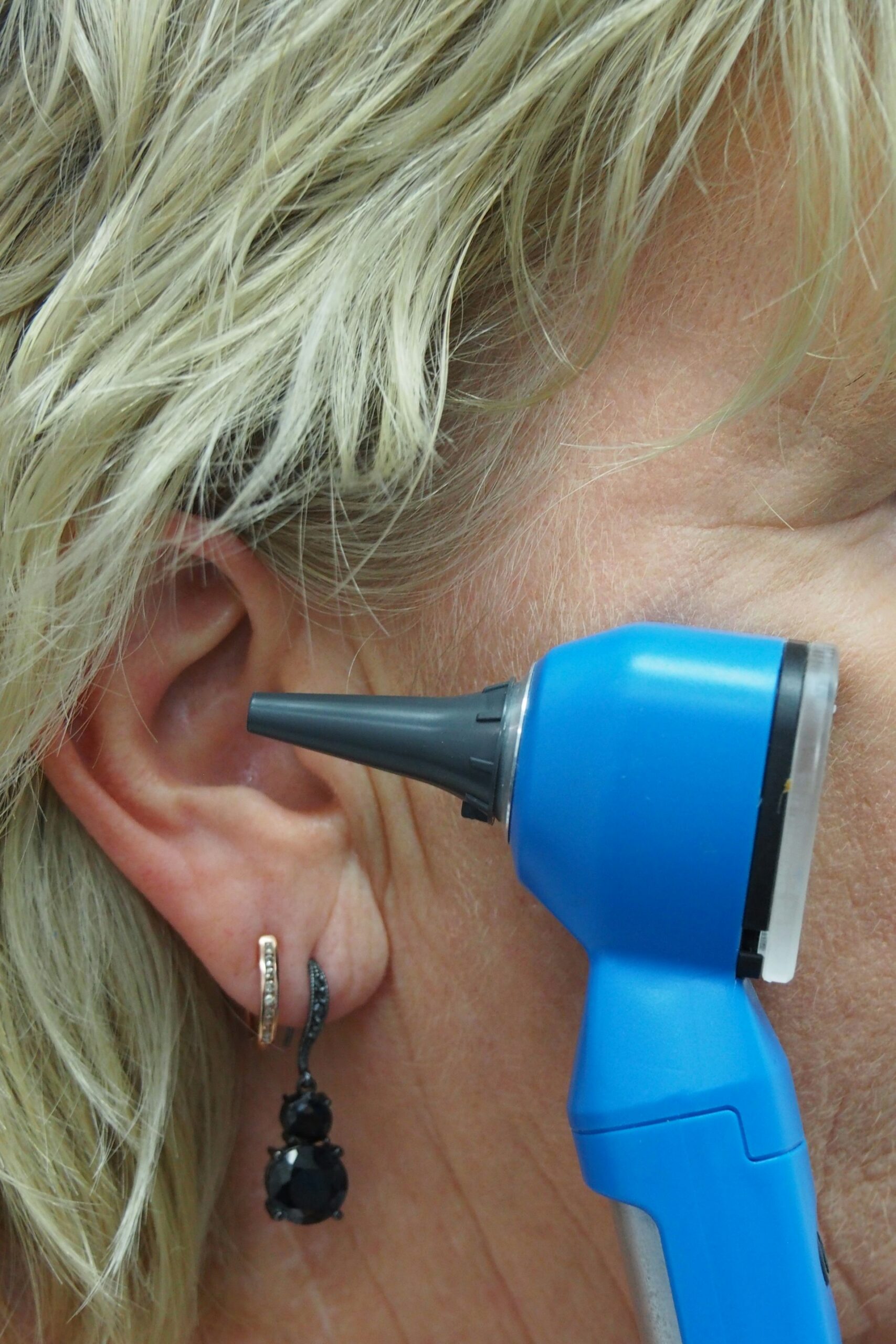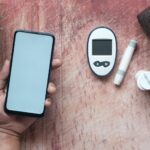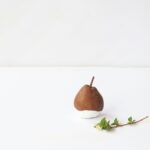Safe and Effective Ways to Remove Earwax at Home: Step-by-Step Guidance


Photo by Mark Paton on Unsplash
Understanding Earwax and Its Role
Earwax, medically known as cerumen, is a natural substance produced by glands in the ear canal. It helps clean, lubricate, and protect the ear by trapping dust, debris, and bacteria, thereby preventing infection. While earwax is usually self-clearing, some people experience buildup that can lead to discomfort, blockage, or temporary hearing loss. Understanding the function of earwax is crucial before attempting removal, as too much cleaning can increase the risk of irritation or infection [3] .
When Not to Remove Earwax at Home
There are specific circumstances where home removal is not recommended. Avoid home remedies if you have a history of ear surgery , a perforated eardrum , ear infections , tinnitus , or any other significant ear complications. In such cases, or if you experience pain or discomfort during any procedure, consult a healthcare professional before proceeding [1] .
Safe Home Remedies for Earwax Removal
There are several safe, effective home methods for removing moderate earwax buildup. Each approach requires patience and caution. Never insert objects such as cotton swabs, bobby pins, or paper clips into your ear canal, as this can push wax deeper and risk injury [3] .
1. Hydrogen Peroxide Method
Hydrogen peroxide helps soften and break down earwax, making it easier to remove. Use only a 3% solution or a 50-50 mixture of hydrogen peroxide and water for safety. To use:
- Lie on your side with the affected ear facing up.
- Using a clean dropper, place 5 to 10 drops of the solution into your ear.
- Stay in position for 5 minutes to let the solution penetrate the wax.
- You may hear fizzing as the hydrogen peroxide works. This is normal.
- After 5 minutes, sit up and wipe away any fluid that comes out.
- Repeat daily for up to 14 days if needed, but stop if you experience discomfort or irritation.
Hydrogen peroxide decomposes into water, which can be gently dried from the outer ear using a towel. For further drying, a few drops of rubbing alcohol may help evaporate moisture and reduce the risk of bacterial growth [1] [2] .
2. Baking Soda Solution
Baking soda can also soften earwax for easier removal. To use this method:
- Dissolve 1/2 teaspoon of baking soda in 2 ounces of warm water.
- Use a dropper to place 5 to 10 drops in the affected ear.
- Leave the solution in the ear for up to one hour, then flush gently with water.
- This can be done once daily for up to two weeks, but discontinue if irritation occurs.
This method is particularly useful for stubborn wax, but as with any home treatment, avoid overuse [1] [2] .
3. Oils for Softening Earwax
Applying a few drops of mineral oil , baby oil , olive oil , or glycerin can help soften hardened earwax:
- Use a dropper to apply a few drops into the ear.
- Keep your head tilted for several minutes to let the oil reach the wax.
- After a day or two, the softened wax may naturally exit the ear, or you can proceed with gentle irrigation.
This approach is gentle and may be preferred for those with sensitive skin or a history of irritation from hydrogen peroxide [3] .
4. Warm Water Irrigation
Ear irrigation uses gentle flushing to dislodge and remove wax. To do this safely at home:
- After softening wax with oil, hydrogen peroxide, or baking soda (as above), fill a rubber-bulb syringe with warm (not hot) water.
- Tilt your head over a sink or bowl, pull your outer ear up and back to straighten the canal, and gently squirt the water into the ear canal.
- Let the water and any loosened wax drain out.
- Dry the outer ear carefully with a towel.
Do not attempt irrigation if you have diabetes, a compromised immune system, a perforated eardrum, or a history of ear infections. If unsure, seek medical advice before trying this method [3] [2] .

Photo by Kateryna Hliznitsova on Unsplash
What Not to Do: Unsafe Earwax Removal Practices
Many people believe cotton swabs, ear candles, or inserting small objects into the ear canal are effective for wax removal. However, these methods can push wax deeper, risk injury, or cause burns, and are not recommended by medical professionals [3] [2] . Ear candles, in particular, have been associated with burns and even perforated eardrums, and there is no scientific evidence supporting their effectiveness.
Over-the-Counter Earwax Removal Kits
Pharmacies and online retailers offer various earwax removal kits, including carbamide peroxide drops and irrigation devices. While some people find these effective, it is wise to read instructions carefully and consult with a healthcare professional if you have any doubts or underlying ear conditions. These kits are not a substitute for professional care in the case of chronic or severe wax buildup [3] .
Recognizing When to Seek Professional Help
If you experience persistent blockage, ear pain, drainage, hearing loss, or if home remedies do not resolve the issue after several days, consult a doctor or visit an urgent care center. Medical professionals have specialized tools and training to remove earwax safely and can address any complications, such as infections or eardrum damage. For children, or if you have underlying health conditions, always defer to a medical provider’s expertise [2] .
Step-by-Step Summary for At-Home Earwax Removal
1. Select a method (hydrogen peroxide, baking soda, oil, or warm water) based on your comfort and available supplies. 2. Soften the wax by applying the solution as directed and waiting the recommended time. 3. Irrigate gently with warm water if needed, ensuring you don’t force anything into the ear. 4. Dry the ear thoroughly to prevent infection. 5. Monitor for improvement . If symptoms persist, discontinue home care and seek medical attention.
Alternative Pathways and Search Strategies
For persistent or severe cases, consider searching for “earwax removal clinics near me,” “ENT specialists,” or “urgent care ear cleaning services.” Pharmacies can offer advice on suitable over-the-counter products, and your primary care provider may recommend in-office removal procedures. For more information on ear health, consult the official websites of the American Academy of Otolaryngology or local health departments by searching their names online.
Potential Challenges and Solutions
Some individuals have naturally narrow or curved ear canals, making at-home removal less effective. Excessive attempts may cause irritation or increase the risk of infection. If home treatments do not provide relief after a few days, or if symptoms worsen, professional intervention is necessary. Avoid attempting removal in children or those with a history of ear issues without medical guidance.
Key Takeaways
Safe earwax removal at home is possible with patience and the right methods. Always avoid inserting objects into the ear canal and be vigilant for warning signs that require medical attention. When in doubt-or if your symptoms persist-consult a healthcare provider to prevent complications and protect your hearing health.






